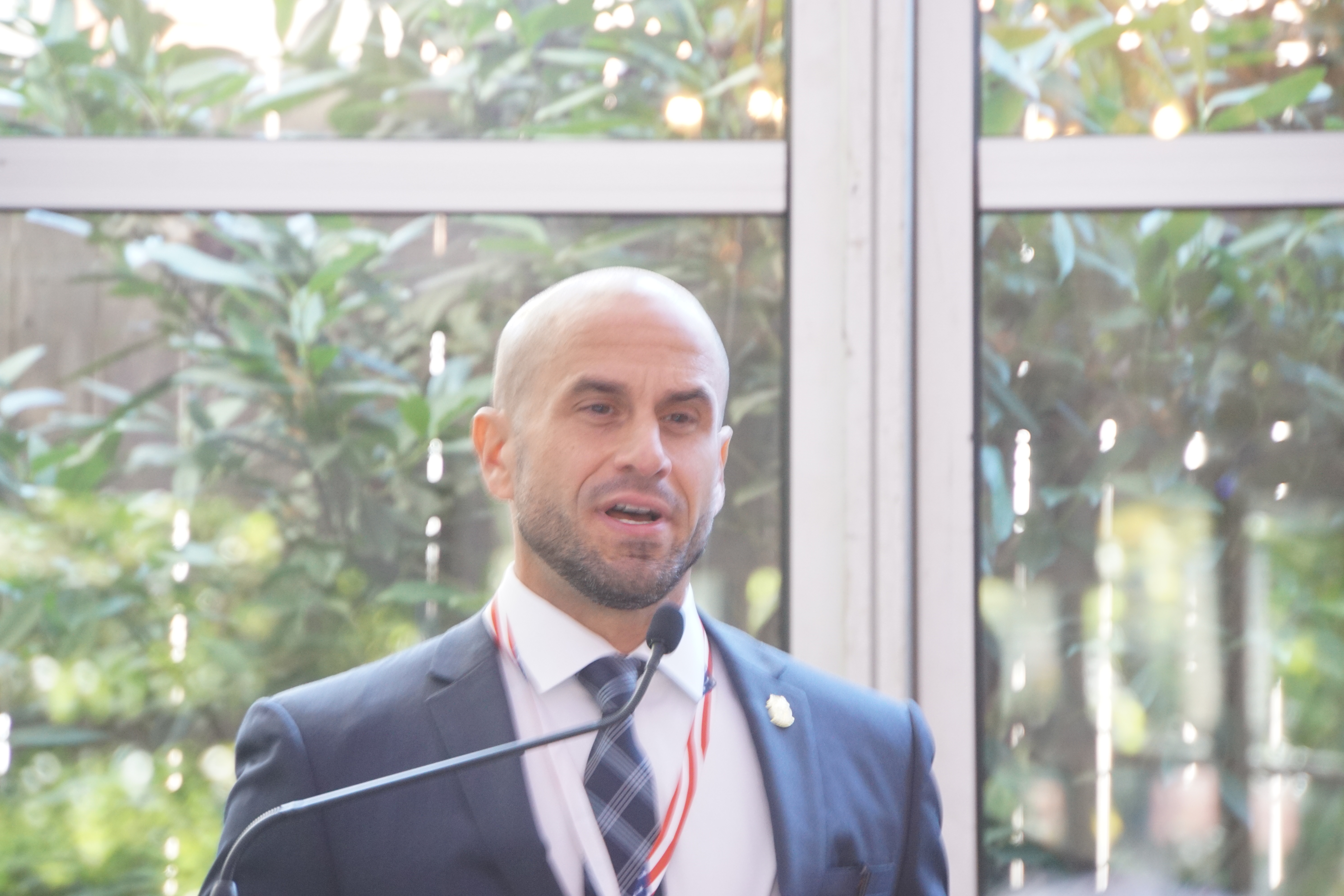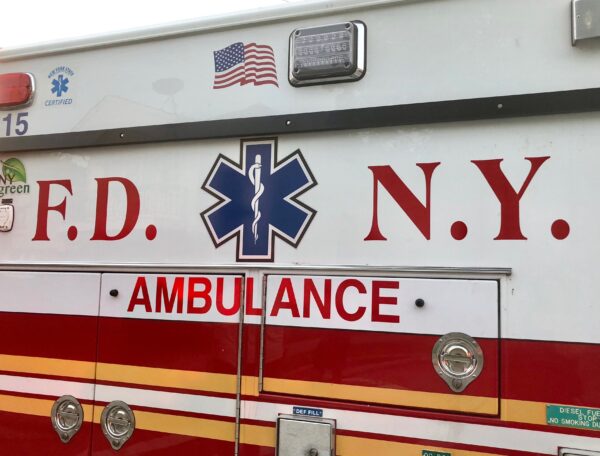
Labor leaders and health care experts gathered in Central Park’s Tavern on the Green last week for MagnaCare’s Third Annual Labor & Health Care Benefits forum titled “20/20: A Vision for Health Care & More.”
The purpose of the forum was to introduce the health organization’s new innovative approach to designing health plans that combine quality and affordability at the same time.
Sara Rothstein, the director of the 32BJ SEIU Benefit Fund, was one of the speakers on the health panel.
“Our commitment to our members who are low-wage workers is that the premiums for their family health insurance, they don’t pay for deductibles,” said Rothstein. “Things like premiums and deductibles just contribute to out of pocket costs for working people, and they don’t do anything to control the increase in health care costs.”
Earlier this year, MagnaCare partnered with the Centers of Excellence to work with preferred hospitals and medical centers that provide quality health care at a value so that its customers won’t have to spend thousands of dollars extra at other health facilities outside the COE network that would charge more for procedures like a colonoscopy, childbirth, or a knee replacement.
Members that want to stay at nonpreferred hospitals will have a $1,000 copay, according to Rothstein.
“Nonpreferred hospitals are New York-Presbyterian, NYU, Northwell and Westchester Medical Center,” said Rothstein. “Those are very well regarded, very popular, but very expensive hospitals.”
To help members realize how much more they were paying to stay at nonpreferred hospitals, Rothstein’s team pulled data on 20 different procedures and did a cost analyst breakdown between the nonpreferred and preferred hospitals.
“Inpatient, outpatient, everything from having mammograms to having a baby and bariatric surgery,” were some of the procedures that were analyzed, said Rothstein. “When we shared that data with our members what they said was ‘I imagined that the NYUs and the New York Presbyterians were a little more expensive, but I did not think that they were $30,000 more expensive to have a hip replacement. That kind of money is really ripping us off and we are working people.'”
Members get wallet cards to learn where their doctors are affiliated and there is an integrated health system that was built with the help of case managers to help patients, according to Rothstein.
“The key thing is that we put out are in bundle prices,” said Lucas Pauls, a Health Care Policy leader at Mount Sinai, one of the preferred hospitals. “When you bundle there is an alignment of incentives.”
To come up with the bundle services they cut out the middleman that separates the hospital from its patients when it comes to how the health care bills are distributed.

“What we like to do is build purpose-filled products, plus quality in clinical care that is aligned,” said Pauls. “You get one price from the day you walk into surgery and 30-days post, and that includes the surgeon, the anesthesiologist, so there are no sliced bills.”
By bundling services, patients know their budget and if complications arise the cost is on MagnaCare and the preferred hospital.
“The cost is on us,” said Pauls. “That drives us to provide better quality not only when they are having surgery, but when the patient leaves. We can’t just say go home now, let me put you in the hands of somebody else because we are on the hook for what happens.”
This type of health policy results in building up skilled nursing facilities, doing research for the best physical therapists in local neighborhoods and making sure their clinical protocols are being followed throughout across the board before, during and after a procedure, according to Pauls.
“We have to guide the patient through that 30 days to make sure they are getting high-quality care through that entire time,” said Pauls. “Our financial situation is different since service is no longer divided for every single thing, it is one bundle and we are no longer blind to outcomes.”
The more volume of patients that come to Mount Sinai, the more discounts that they can use to secure lower prices for its MagnaCare clients.
“With that, we can give up to 20 percent discounts,” said Pauls. “Ultimately, is the way you are paying aligning with the services that you get?”
While discounts on services are helpful, it matters where you are getting the discount, according to Michelle Zettergren, MagnaCare’s president of Labor and Public Sector division.
“Having a discount at the most expensive facility, is still the most expensive facility,” said Zettergren. “There are opportunities to redirect care and take this a step further.”
One example Zettergren gave was redirecting patients to having radiation at a freestanding radiology facility, as opposed to a hospital to contain costs.
“We all know that health care is very fragmented today and it is very difficult for your members to navigate health care services,” said Zettergren. “These health systems are consolidating at a rapid pace, often adding additional costs to your funds and what we want to do is focus on the integrated care among different providers that will actually reduce waste, redundancy and improve member outcomes and lower your costs.”
Integrated health care systems will create competition among providers, according to Zettergren.
Member engagement is a third method of providing cost containment measures, Zettergren added.
“Your member are very smart consumers in every aspect of their lives, except health care,” Zettergren said. “The reason why is that they don’t have the information and the tools necessary to make educated decisions on where they want to receive their health care based off of quality and costs unless they are actively engaged.”
One form of redirection, integration and engagement is MagnaCare’s phone application.
“You just scroll and it is as easy as any other app you use,” said Mike Smith, president of Local 810. “I personally use it to explain it to other members.”
The app on his phone has his medical card and helps him find the closest hospital in the network wherever he is located, according to Smith, and it also includes ratings from members in his union for different services.
“We like those who support labor,” said Smith, “We are with MagnaCare, not just because of what they do for labor, but since they get the work done at a great cost.”



